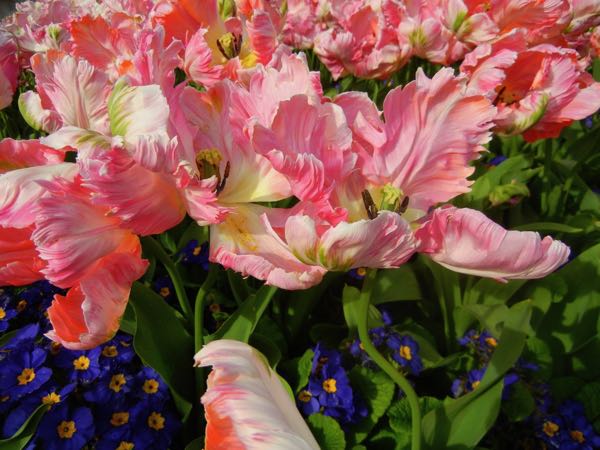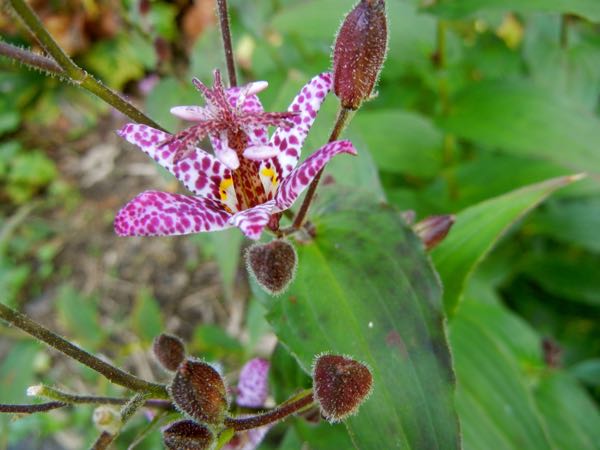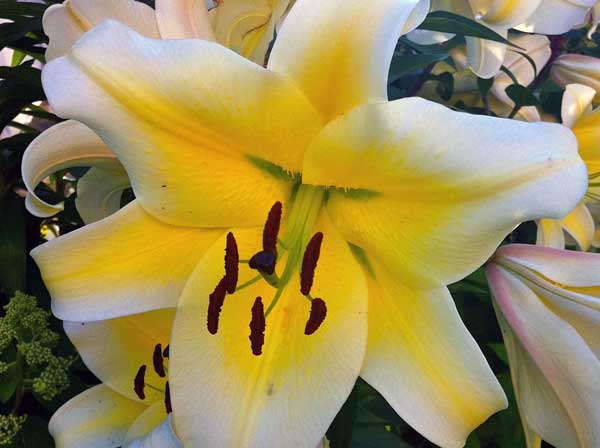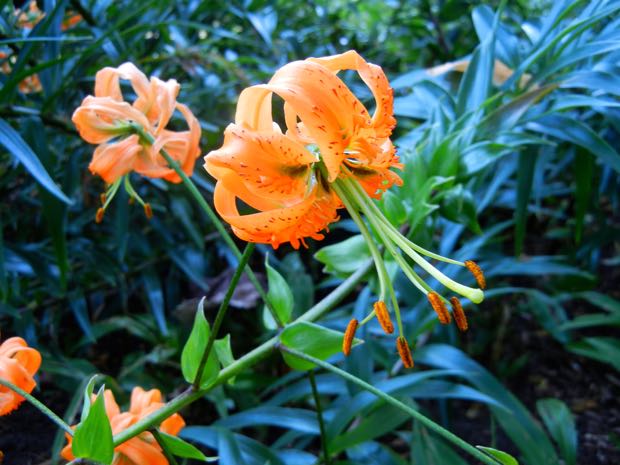Embracing the Elegance of Liliaceae: Exploring the Diverse Lily Family
Liliaceae, a captivating family of plants, stands proudly within the distinguished order Liliales. Comprising perennial, herbaceous, and bulbous species, this family exhibits a rich tapestry of floral diversity and botanical allure. With its large, six-segmented flowers arranged in threes, six tepals forming two whorls, six stamens, and a singular ovary, Liliaceae weaves a mesmerizing tale of beauty and complexity.
Aesthetic Delights: From Bulbs to Rhizomes
Liliaceae showcases an array of visual delights, with many members adorned with striking, large flowers that effortlessly capture the gaze. These showy blooms, often emitting a subtle fragrance, attract a myriad of insects, butterflies, and bees with their copious nectar and pollen. The allure of Liliaceae lies not only in its remarkable flowers but also in the linear leaves with parallel veins, which contribute to the family’s botanical elegance.
This diverse family encompasses bulbous plants, which store vital nutrients and energy within their underground structures, as well as species that grow from rhizomes, enabling their graceful expansion across the landscape. These adaptations enhance the resilience and vigor of Liliaceae, allowing them to thrive in various ecological niches.
A Symphony of Names and Origins
Liliaceae boasts a wealth of popular names that have become synonymous with beauty and elegance. From the iconic tulips to the renowned lilies and the delicate Erythronium, these names evoke a sense of enchantment and allure. The formal description of this family was pioneered by Michel Adanson, and it was officially named Liliaceae in 1789 by Antoine Laurent de Jussieu, marking a milestone in botanical classification.
Native to temperate regions in the northern hemisphere, many Liliaceae members grace the landscape with their captivating blooms. Flowering times vary across species, but they predominantly burst forth in spring and summer, painting the natural canvas with vibrant colors and fragrant aromas. The irresistible nectar and pollen produced by these large flowers beckon a multitude of pollinators, fostering a delicate dance of life between plants and insects.
Cultivation and Medicinal Significance
Liliaceae encompasses numerous ornamental species that are cultivated for their aesthetic appeal. Their graceful presence in gardens and landscapes enchants observers, offering a glimpse into the beauty of the natural world. However, it is important to note that while some members of Liliaceae possess edible qualities, such as Lilium longiflorum, others, including Fritillaria imperialis, are known to contain poisonous bulbs. Despite this, Fritillaria imperialis holds medicinal significance within Chinese medicine, where it is valued for its therapeutic properties.
An Everlasting Fascination
Liliaceae, with its captivating floral displays, diverse adaptations, and botanical intricacies, continues to fascinate and inspire. From the elegance of its flowers to the allure of its foliage, this family invites us to appreciate the rich tapestry of life that surrounds us. As we embrace the charm of Liliaceae, we find ourselves immersed in a world of botanical wonders, captivated by the timeless beauty of these remarkable plants.
The Liliaceae has the following sub-families:
Lilioideae
Calochortoideae
Streptopoideae
The genera in Liliaceae family of plants include:
Amana
Calochortus
Cardiocrinum
Clintonia
Erythronium
Fritillaria
Gagea
Kinia
Lilium
Lloydia
Medeola
Nomocharis
Notholirion
Oakesiella
Prosartes
Pseudogaltonia
Scoliopus
Streptopus
Tricyrtis
Tritillaria
Tulipa
Wurmbaea




